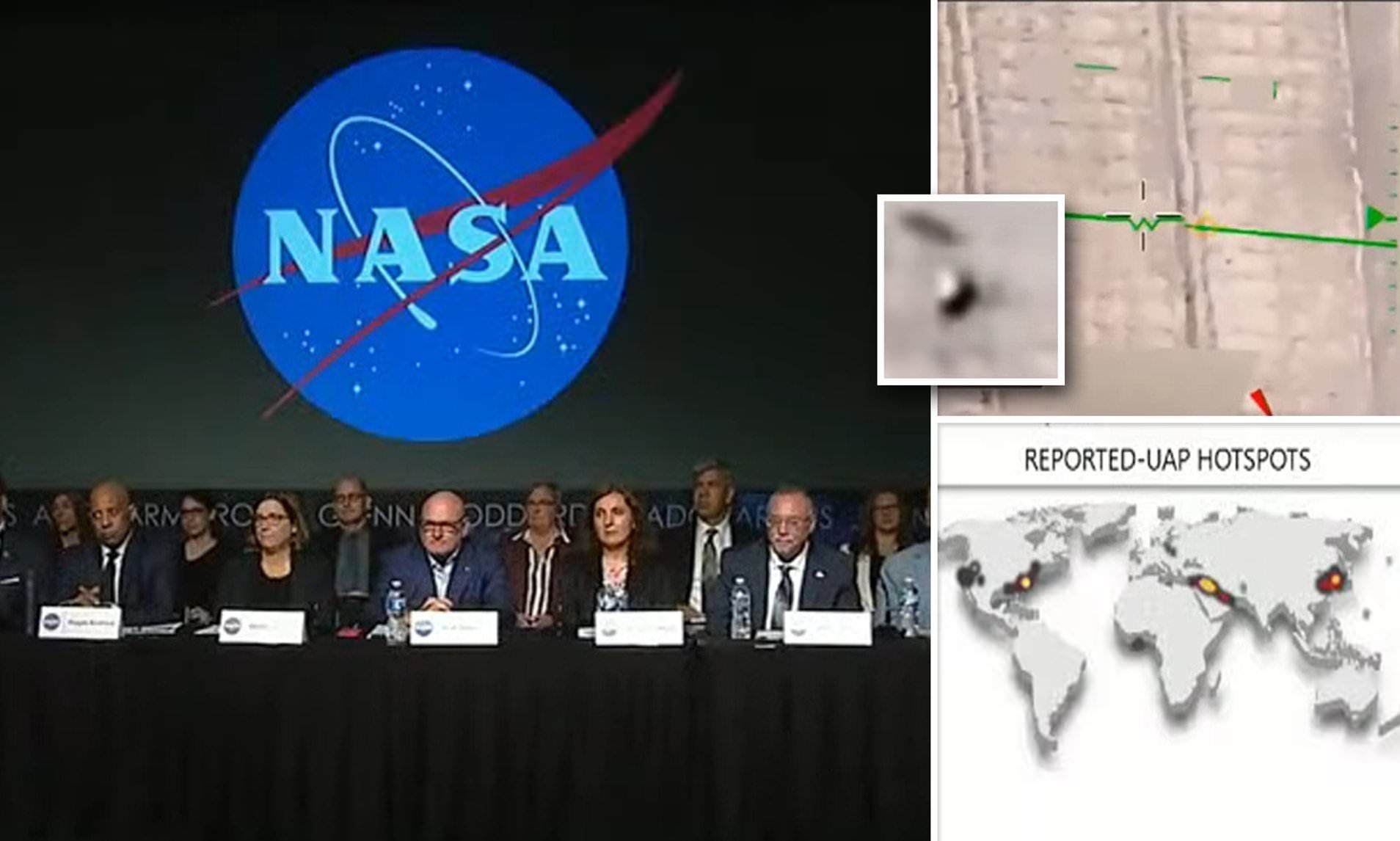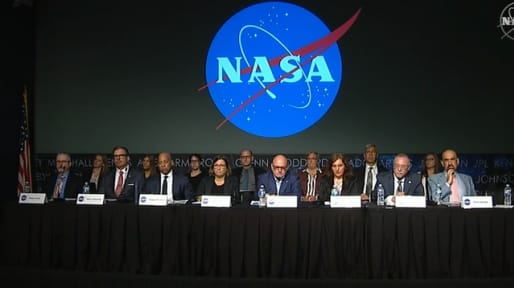
On Wednesday, the first public meeting of a NASA group focused on studying “unidentified aerial phenomena” (UAPs), also known as UFOs, began. The group is made up of 16 specialists from various fields, including physics and astrobiology. It was founded in June of the previous year with the goal of analyzing unclassified UFO reports and evaluating data gathered from the civilian government and business sectors. The major goal of Wednesday’s four-hour public session at NASA’s headquarters in Washington, according to NASA, was to conduct “final deliberations” before the team’s report was published. The meeting, however, was not without its surprises.
Both NASA and defense-intelligence officials have stated that, while the existence of intelligent alien life cannot be ruled out, no evidence indicating an extraterrestrial origin for UFO encounters has been discovered.
“To make the claim that we see something that is evidence of non-human intelligence would require extraordinary evidence, and we have not seen that,” NASA panel’s chairman, astrophysicist David Spergel, said.
Here are five key takeaways from NASA’s First Public Meeting on UFOs
1. Not all UAPs are the same
According to specialists, data about UAP can easily be skewed, which might lead to challenges in interpretation. The chair of Nasa’s UAP team, David Spergel, used the example of a burst of radio waves observed by Australian researchers. While this first perplexed the researchers, it was later discovered that the sensitive instruments they were using were picking up signals from a microwave that they were using to warm their lunches.
Meanwhile, Scott Kelly, a retired astronaut, and pilot with decades of expertise, discussed how optical illusions were frequently misidentified as UFOs. He gave the example of his co-pilot being convinced they spotted a UFO, only for it to be “Bart Simpson – a balloon.”
Another example given during the hearing was a video taken by a navy aircraft flying over the western United States that depicted a series of dots traversing the night sky. It was later determined to be a commercial aircraft en route to a major airport, not a UFO.
2. Not all sightings are explicable
According to Sean Kirkpatrick, head of the US Defense Department’s All-domain Anomaly Resolution Office (AARO), some sightings are likely to remain a mystery and simply cannot be explained. “We have 50 to 100-ish new reports each month,” Mr Kirkpatrick said, adding that only 2% to 5% of all sightings are “possibly really anomalous.”
3. Concerns about privacy will hinder investigations
Defining the constraints in the form of privacy regulations that can stunt their research, Mr. Kirkpatrick said, “Most people…don’t like it when we point our entire collection apparatus at your backyard,” adding, “A lot of what we have is around the continental United States.”
4. Overcoming stigma and harassment in order to achieve better achievements
According to the experts, the stigma linked to UFOs discourages individuals from reporting sightings, which inhibits scientific research in the long term. “One of our goals is to remove the stigma because there is a critical need for high-quality data to address important questions about UAPs,” Mr. Spergel explained.
That isn’t everything. Scientists are frequently the victims of harassment and internet bullying. (Xanax) “Harassment only leads to further stigmatization of the UAP field, significantly hindering the scientific process and discouraging others from studying this important subject matter,” NASA science chief Nicola Fox explained.
5. Accepting Transparency: NASA’s New Approach
When the floor was opened for public questions, the panel was asked, “What is Nasa hiding?” when the floor opened for questions from the public. In response, Dan Evans from NASA emphasized the agency’s dedication to transparency, stating – “That is why we are here live on TV today.
